Recently Enacted Assembly Bill 52 And Its Effect On The CEQA Process
The goal of AB 52 is to promote the involvement of California Native American Tribes in the decision-making process when it comes to identifying and developing mitigation for impacts to resources of importance to their culture. To reach this goal, the bill establishes a formal role for tribes in the California Environmental Quality Act (CEQA) process. CEQA lead agencies are required to consult with tribes about potential tribal cultural resources in the project area, the potential significance of project impacts, the development of project alternatives, and the type of environmental document that should be prepared. AB 52 specifically states that a project that may cause a substantial adverse change in the significance of a tribal cultural resource is a project that may have a significant effect on the environment (PRC § 21084.2). Below is some salient information related to AB 52 prepared by Dr. Elizabeth A. Bagwell, RPA, and Evan Elliott, RPA, from our Cultural Resources Group.
What is a California Native American Tribe?
A “Native American tribe located in California that is on the contact list maintained Native American Heritage Commission” (NAHC). This definition does not distinguish between federally recognized and non-federally recognized tribal groups, and is therefore more inclusive than the federal definition of “Indian tribe” (PRC § 21073).
What is a Tribal Cultural Resource?
Sites, features, places, cultural landscapes, and sacred places or objects that have cultural value or significance to a Tribe. To qualify as a tribal cultural resource, it must either be 1) listed on or eligible for listing on the California Register of Historical Resources or a local historic register or, 2) or is a resource that the lead agency, at its discretion and supported by substantial evidence, determines should be treated as a Tribal Cultural Resource (PRC § 21074).
Tribal Cultural Resources include “non-unique archaeological resources” that, instead of being important for “scientific” value as a resource, can also be significant because of the sacred and/or cultural tribal value of the resource.
Tribal representatives are considered experts appropriate for providing substantial evidence regarding the locations, types, and significance of tribal cultural resources within their traditionally and cultural affiliated geographic area (PRC § 21080.3.1(a)).
What is a Consultation?
The meaningful and timely process of seeking, discussing, and carefully considering the views of others. Meaningful consultation usually consists of face-to-face meetings conducted in such a way that recognizes the cultural values of all parties involved and makes a concerted effort to reach an agreement. Consultation should recognize the tribe’s potential need for confidentiality regarding places that hold traditional tribal significance. Consultation with tribes is considered the most effective way for lead agencies to determine if a project could result in significant environmental impacts to tribal cultural resources (PRC § 21080.3.1(a); GC § 65352.4).
Which Projects Does AB 52 Apply to?
Projects that have a notice of preparation or notice of negative declaration/mitigated negative declaration filed on or after July 1, 2015 (AB 52 § 11).
If an agency formally decides to undertake a project after July 1, 2015 AB 52 requirements will need to be incorporated (AB 52 § 11).
When Should this Process Begin?
Within 14 days of deciding to undertake a project or determining that an application for a project is complete, the lead agency must formally notify all tribes that have requested this notification. Notification usually takes the form of a letter and should be followed with a phone call confirming that the appropriate representative has received the project information.
Ideally, the notification process should begin prior to any cultural resources pedestrian survey efforts, as the results of those surveys likely will be an important topic of conversation during consultation meetings.
Tribes have 30 days to request consultation after receiving the notification letter.
Lead agencies must begin the consultation process within 30 days of receiving a tribe’s request for consultation (PRC § 21080.3.1).
Who Should be Contacted?
AB 52 requires the NAHC to provide tribes with: 1) a list of all CEQA lead agencies that may have projects in regions the tribe is traditionally affiliated, 2) contact information for those agencies, and 3) information about how to request consultation (PRC § 5097.94[m]).
Although the NAHC is not required to distribute this list to tribes until 2016, many tribes have chosen to generate their own lists and contact agencies independently (PRC § 21080.3.1).
As of July 2015 the NAHC has not finalized their list, however the indications are that they are planning on using their “Tribal Consultation List” that they maintain for Senate Bill 18.
In anticipation of being contacted, agencies may choose to: identify a staff member to serve as an AB 52 point of contact, publish contact information on the agency website, establish a list of tribes of tribes who have formally requested to be notified of projects and their geographic areas of interest, establish a system to keep track of formal notifications and responses.
While AB 52 anticipates that tribes will initially contact agencies, agencies may choose to be proactive and contact tribes who might be interested in a particular project. Contacts should be made with official representatives of tribal governments.
Conduct early outreach to tribes who have been involved in agency permitting processes in the past in order to potentially establish local protocols for consultation.
Keep in mind that tribal representatives, tribal contact information, and agencies that each tribe is interested in consulting with may change over time.
The NAHC is charged with providing agencies with appropriate tribal contact lists if the agency is having difficulty making contact with the appropriate tribal representatives.
Who Participates in Consultation?
Consultation ideally consists of face-to-face meetings between agency staff and the representatives of one tribe.
Training for agency staff prior to beginning consultation is essential.
Agency staff members who have decision making authority for a particular project, such as a project manager, are important consultation participants. Engineers who can discuss alternatives proposed by tribes and cultural resources specialists who can present the results of surveys may also be valuable participants.
Multiple meetings with each tribe may be necessary in order to come to an agreement and to demonstrate “good faith effort” on the part of the agency.
Multiple tribes may be interested in consulting on a project.
Participants should anticipate meeting in a variety of locations including tribal offices, agency offices, and other locations which might reduce travel times for both parties.
What Topics Should be Discussed During Consultation?
The nature of the proposed project, including illustrations.
The results of historical research and the cultural resources pedestrian survey, as some of these resources may also be considered tribal cultural resources. Maps and photographs are especially useful.
How much time the tribe needs to perform adequate review of a project and to identify tribal cultural resources.
Presence and significance of tribal cultural resources present.
The significance of the project’s impacts on the tribal cultural resources.
Project alternatives.
Appropriate measures of preservation.
Recommended mitigation measures.
The level of CEQA environmental document needed.
What information can be released to the public and what should be kept confidential (PRC § 21080.3.2).
When Does Consultation End?
Consultation can be an ongoing process. It ends when either:
both parties agree to measures to avoid or mitigate a significant effect on a tribal cultural resource. and the mitigation measures are recommended for inclusion in the environmental document, or
a party, acting in good faith and after reasonable effort, concludes that mutual agreement cannot be reached (PRC § 21080.3.2).
How Does AB 52 Affect the Content, Structure, and Timing of Environmental Documents?
Include time in the schedule for consultation.
Include general information about tribal cultural resources, including concepts such as cultural landscapes (PRC § 21074).
Include discussion of any impacts on tribal cultural resources and whether feasible alternatives or mitigation measures avoid or substantially lessen the impact on the tribal cultural resource (PRC § 21082.3).
Any information gathered during consultation may not be shared with the public without prior written tribal consent. A confidential appendix may be acceptable in some cases (PRC § 21082.3(c)).
The environmental document cannot be released without at least a “good-faith effort” by the agency to initiate and conduct consultation (PRC § 21082.3(d)).
Records of the efforts of the agency to conduct consultation should be included in the administrative record.
AB 52 requires a revision to the sample questions in Appendix G to the CEQA guidelines in order to incorporate tribal cultural resources (PRC § 21083.09). Prior to the formal revision the Office of Planning and Research (OPR) recommends agencies use the following sample question: “Would the project cause a substantial adverse change in the significance of a tribal cultural resource as defined in Public Resources Code 21074?”
AB 52 also requires that OPR propose new CEQA Guidelines to separate the consideration of paleontological resources from cultural resources in the Appendix G sample questions. Given this requirement any discussion of paleontological resources in the environmental document should be included in a different chapter rather than in the discussion of cultural resources or tribal cultural resources. (PRC § 09)
Do not release the document for public review until either: 1) the consultation is completed and the draft includes agreed upon mitigation measures and alternatives, or 2) the consultation is completed without mutual agreement and the draft includes mitigation measures from the list in PRC § 21084.3.
While there is still some confusion about the details of implementation, the provisions included in AB 52 will help identify tribal concerns early in the CEQA process. The requirements are a bit more time consuming than those previously associated with tribal outreach for environmental documents, but should become routine over time.
Useful Links:
Native American Heritage Commission
NAHC Tribal Consultation List Request
NAHC Role in AB 52 Presentation
Office of Planning and Research Tribal Cultural Resources and CEQA
Office of Planning and Research Tribal Consultation Guidelines


